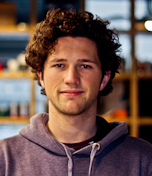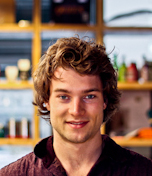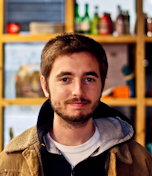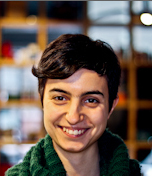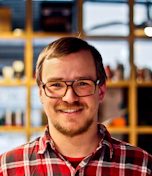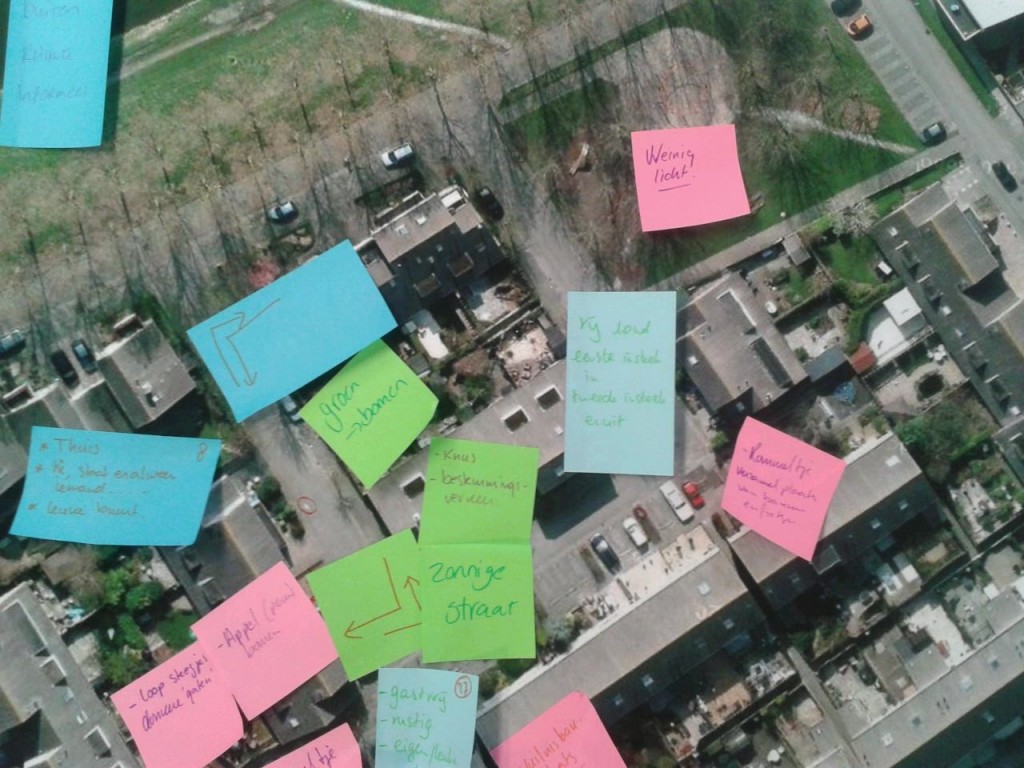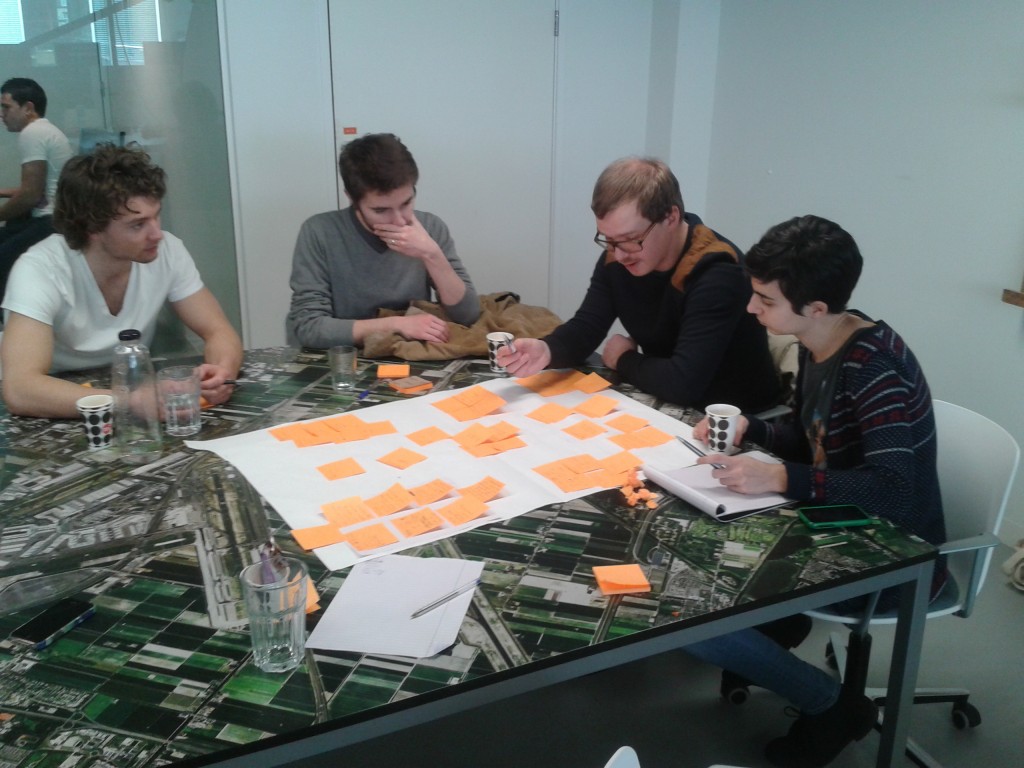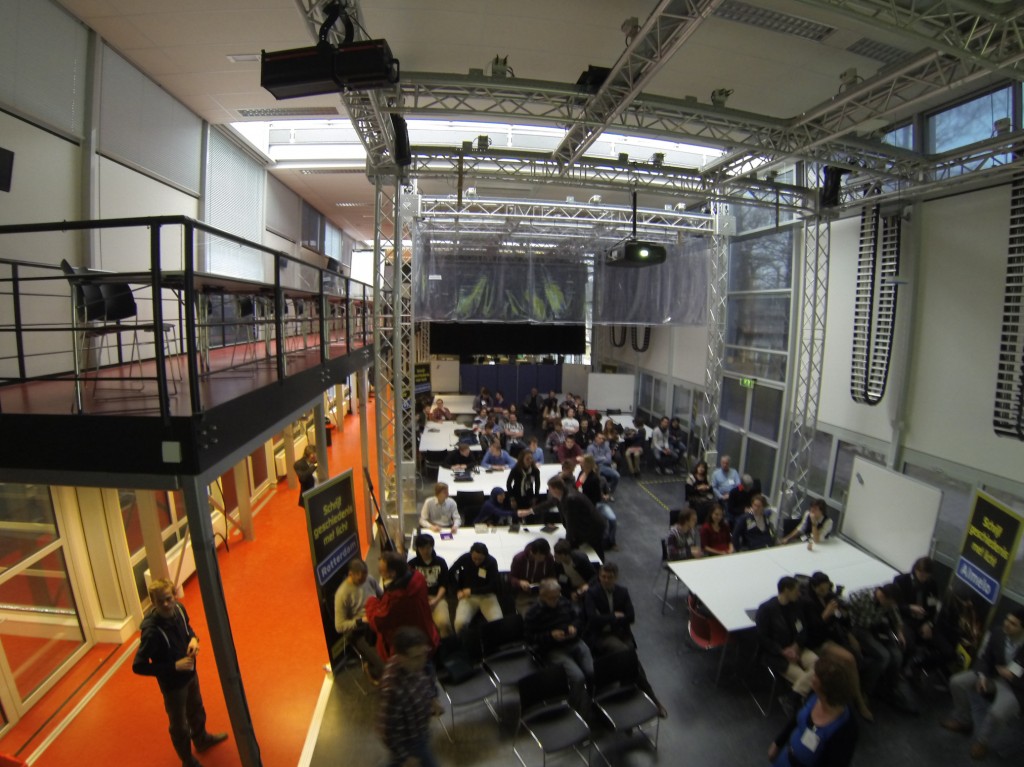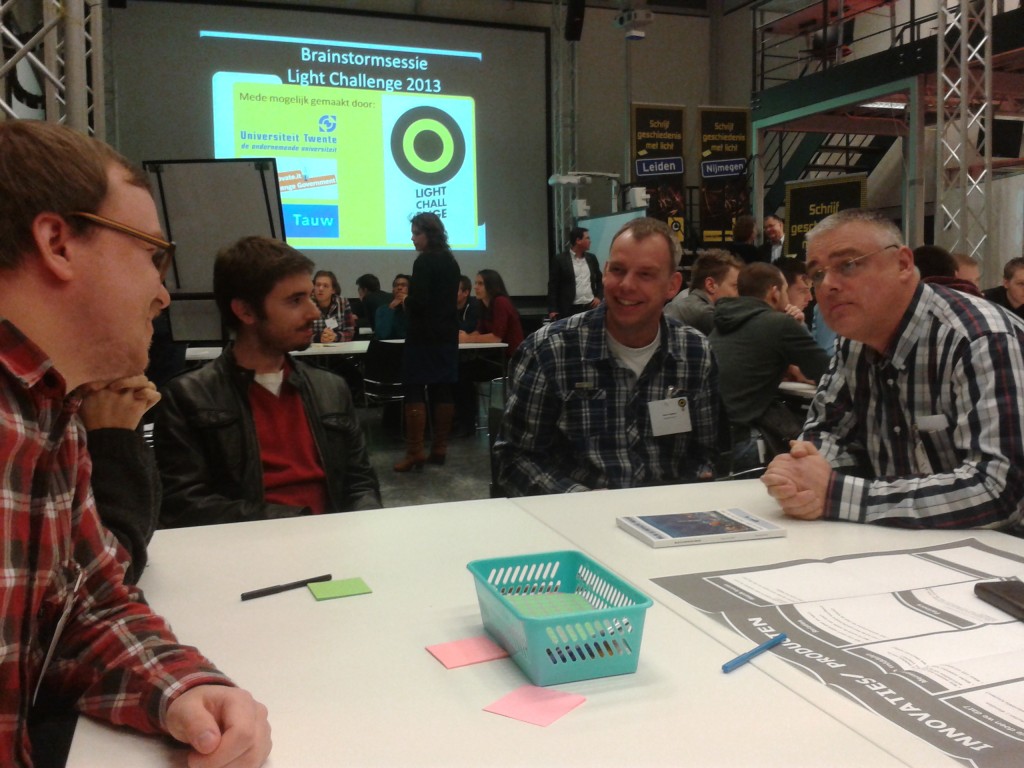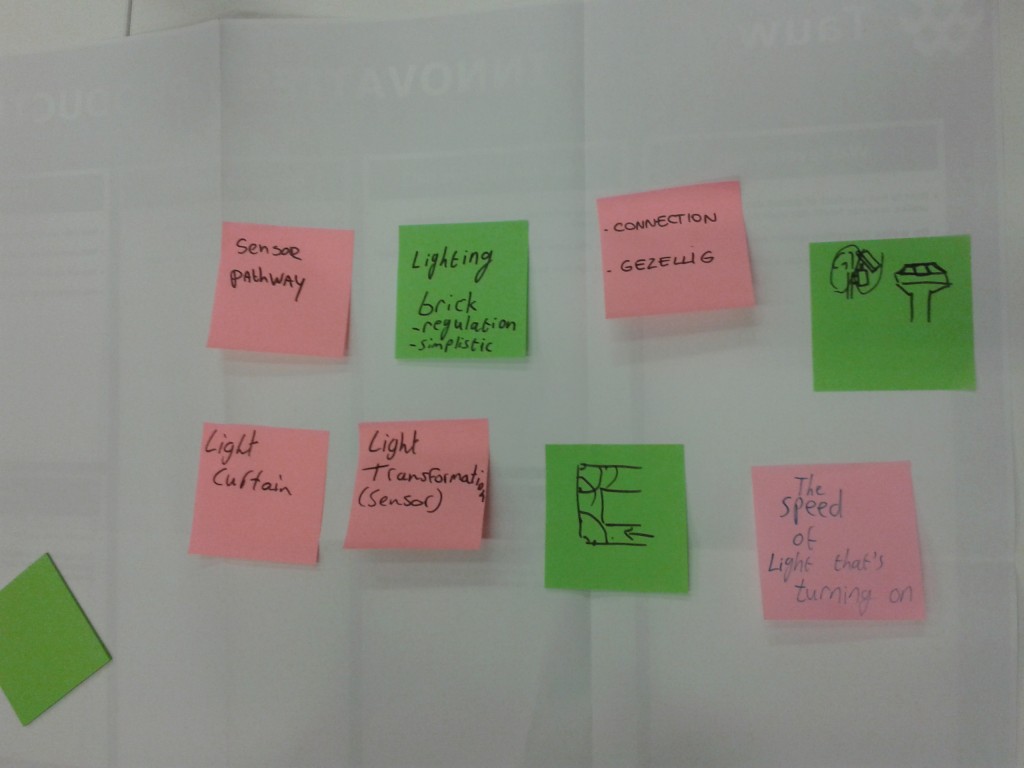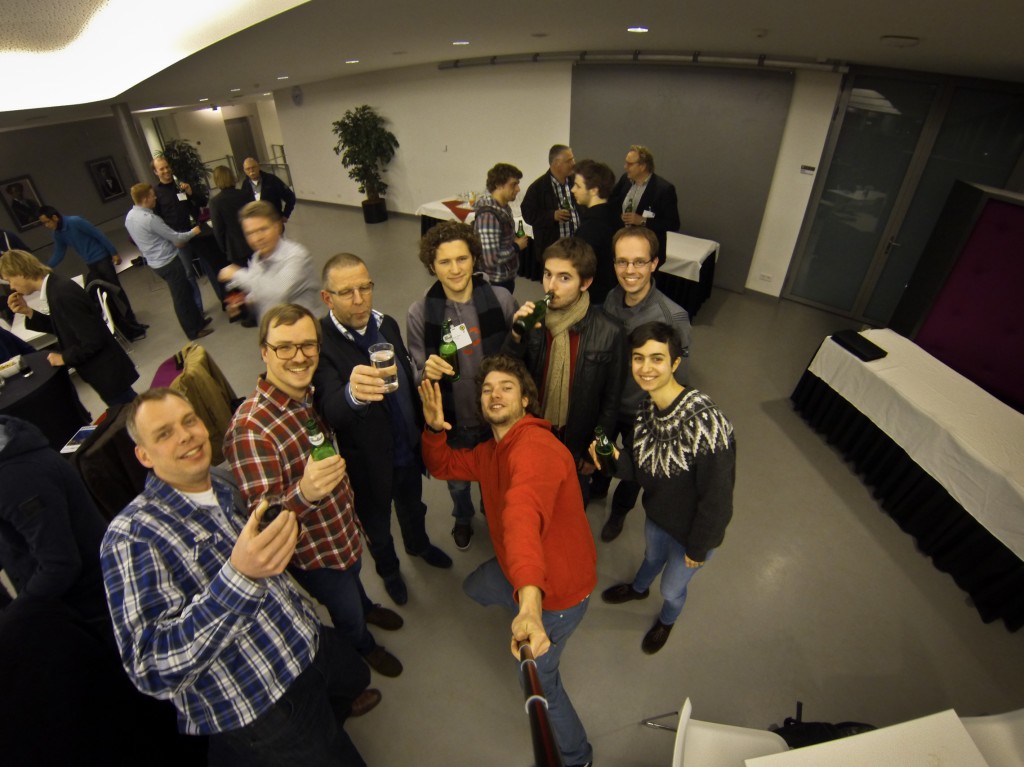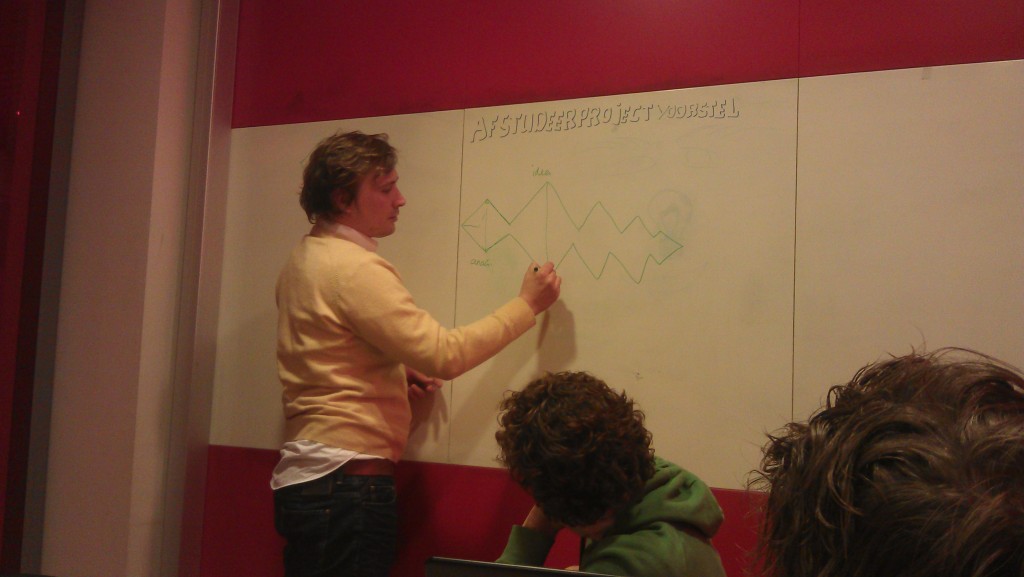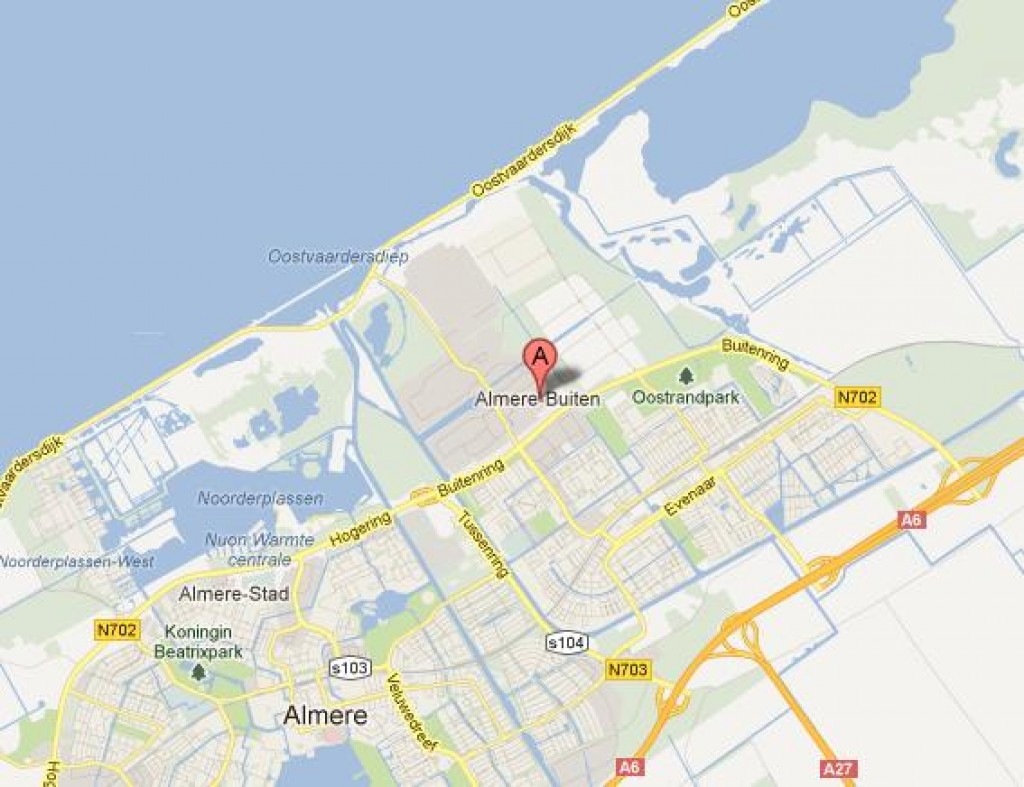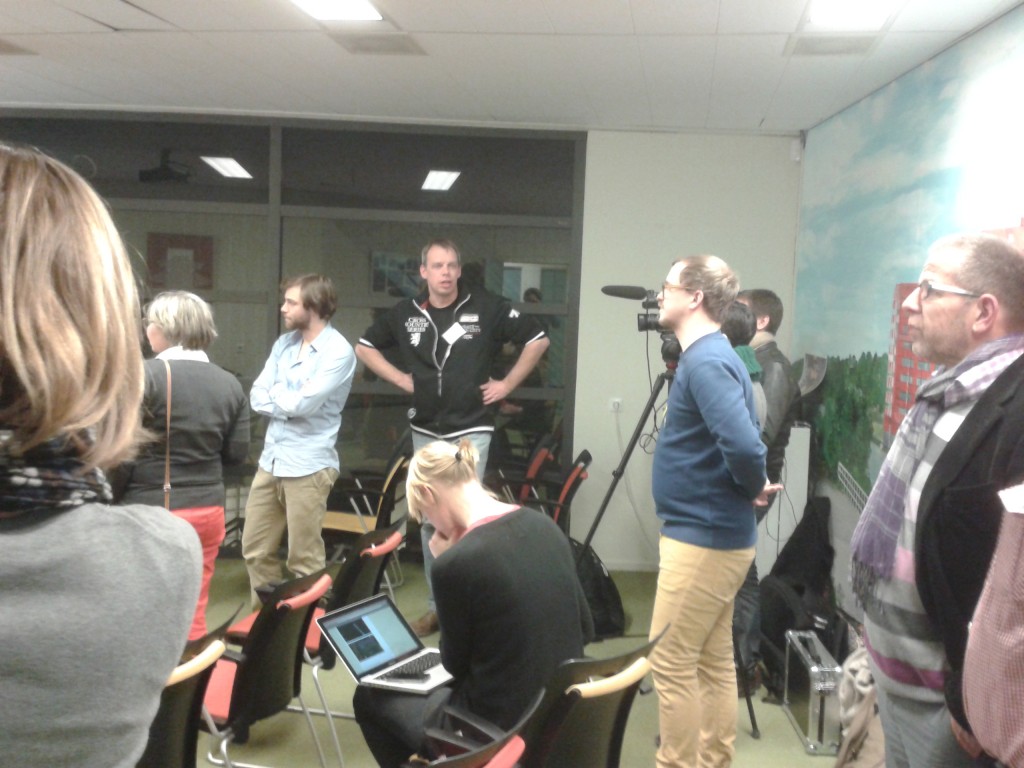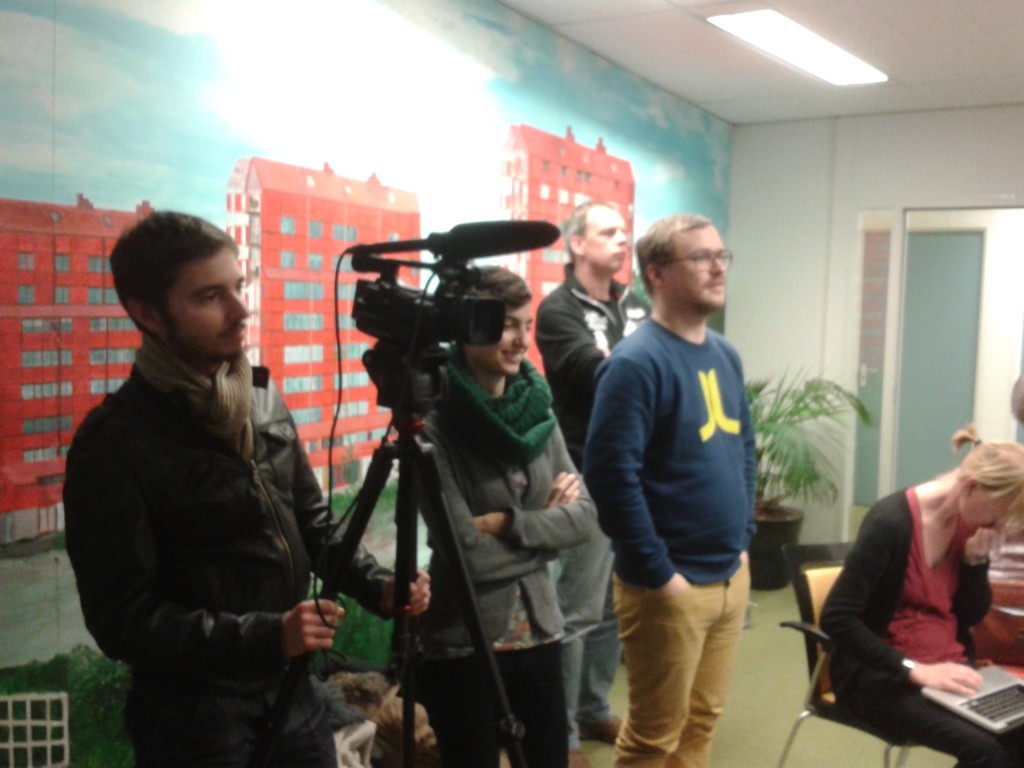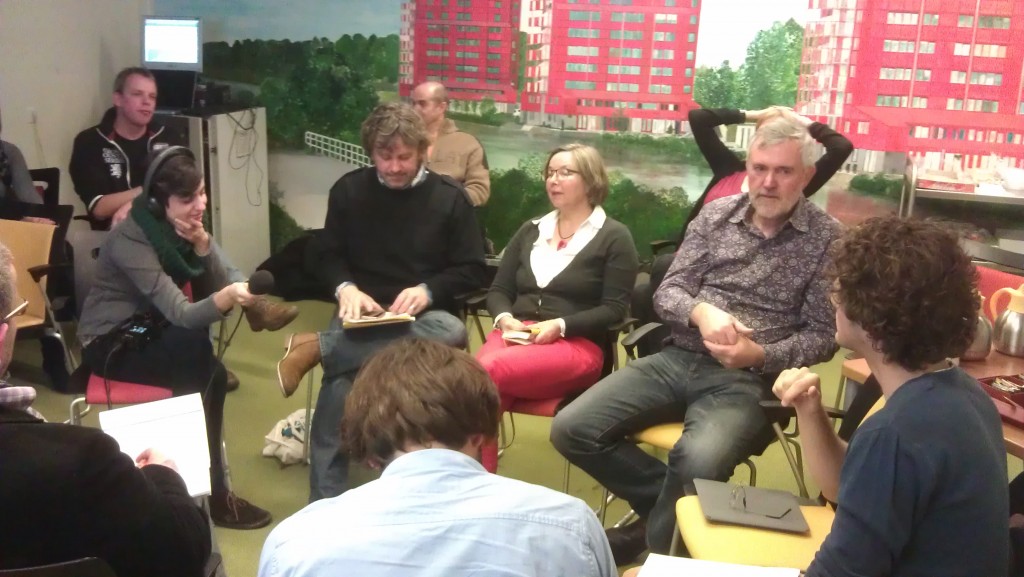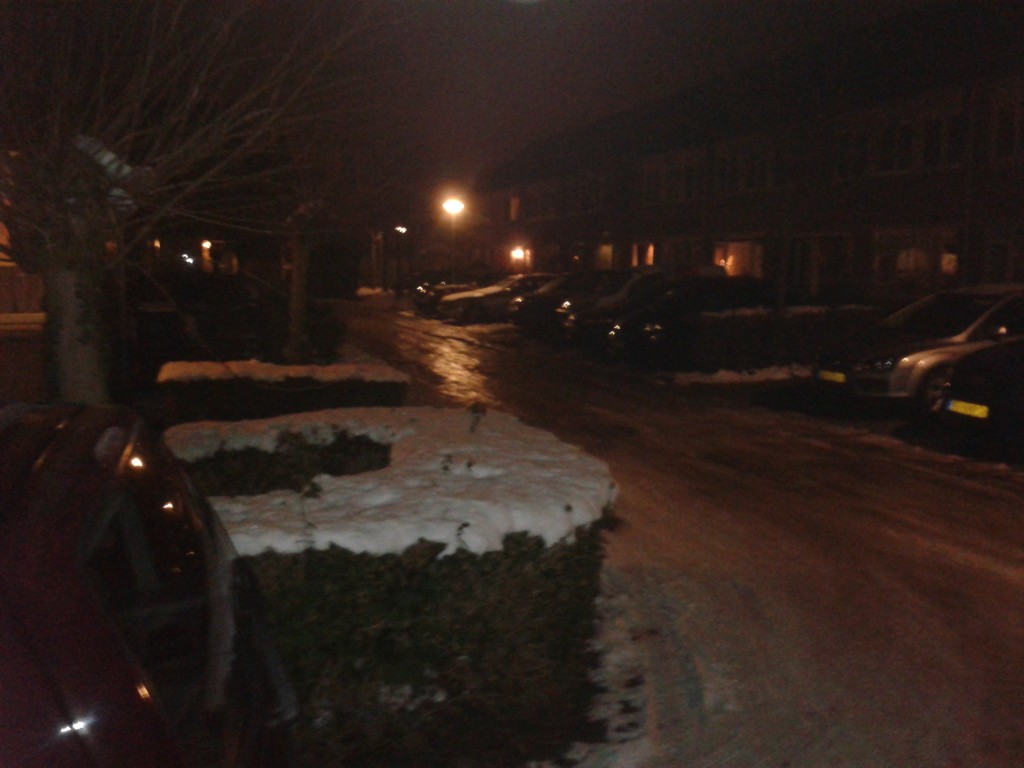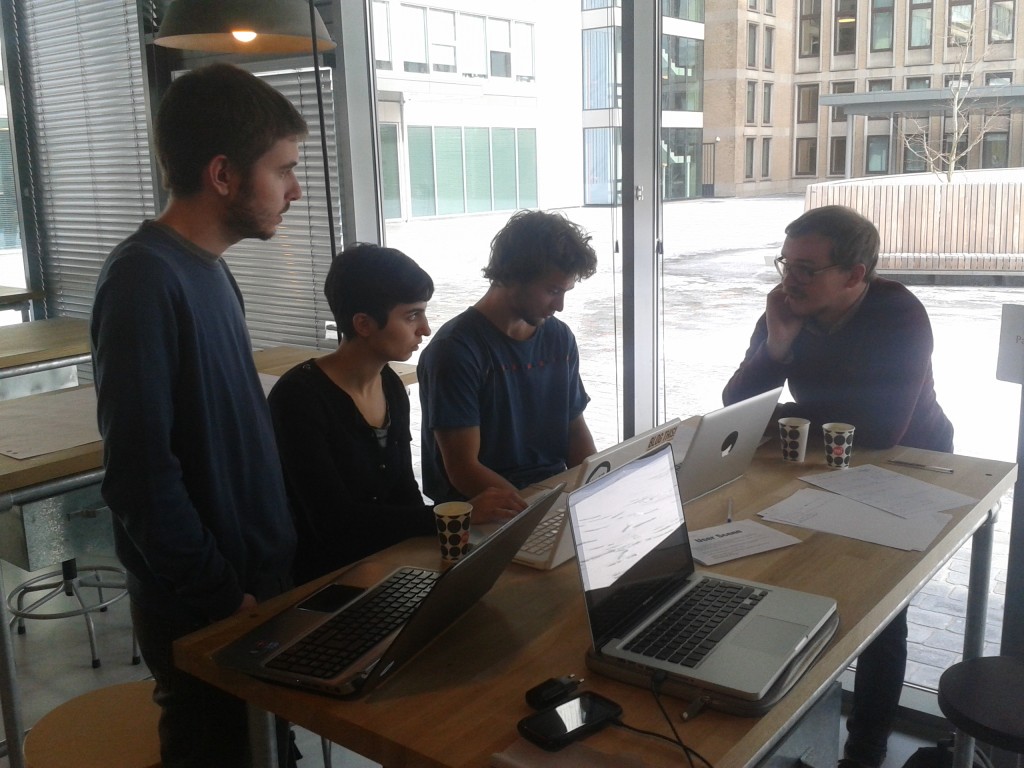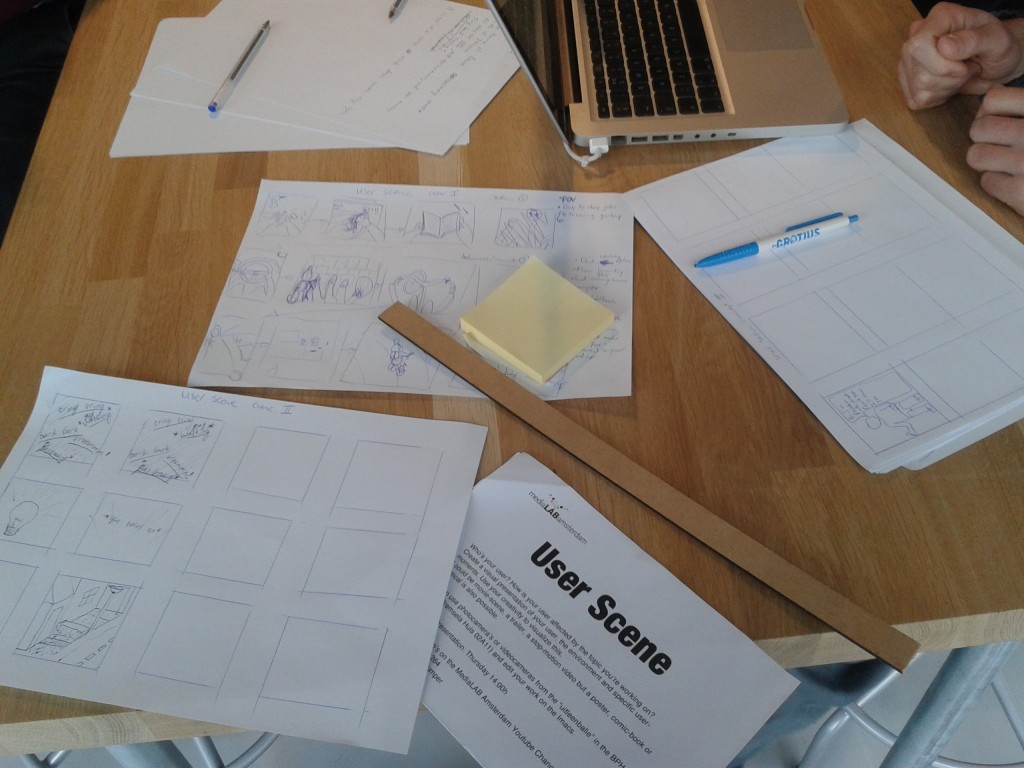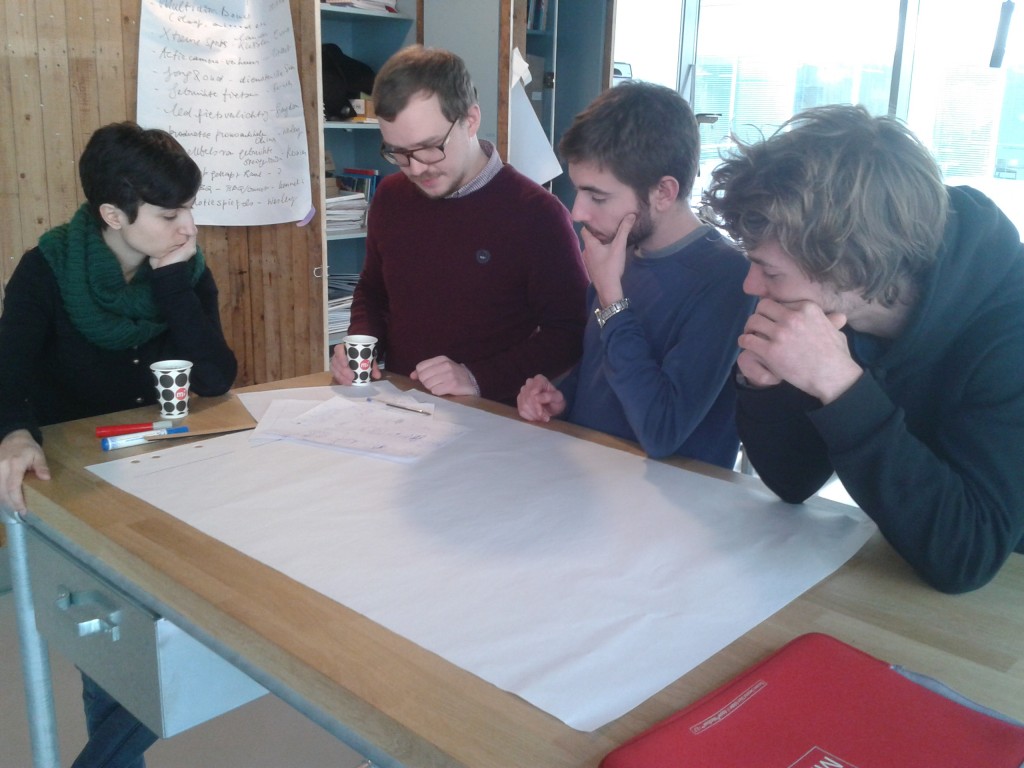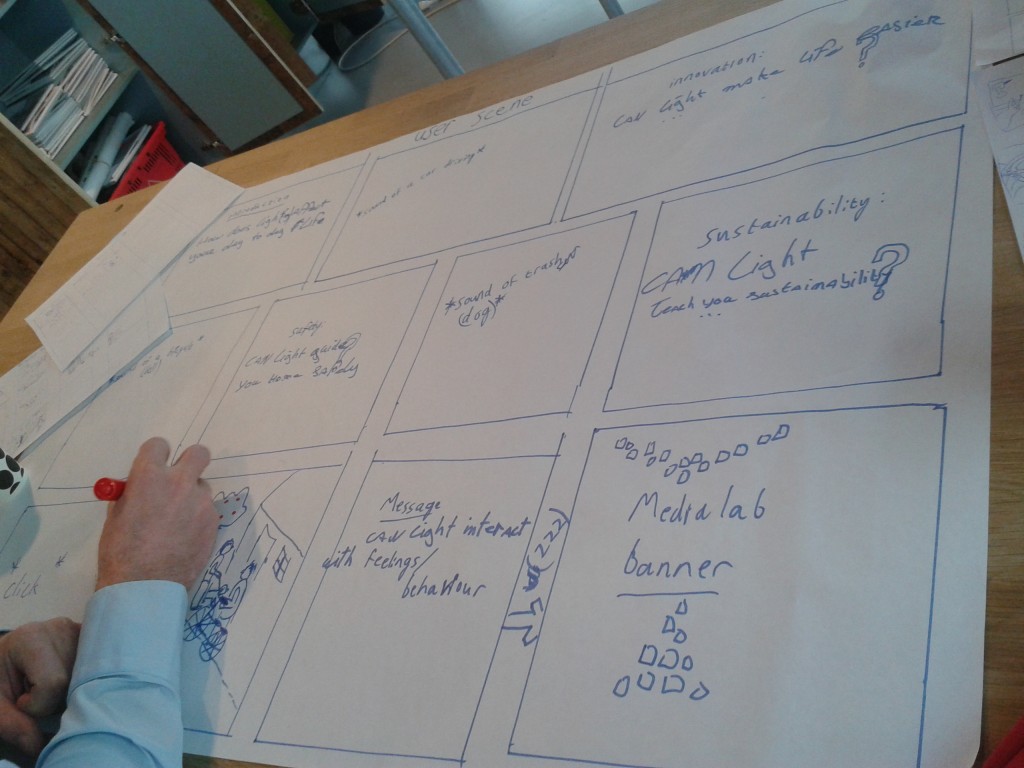To get an insight in the production of public lighting, our project supervisors took us to the Indal Industria factory in the city of Emmen. Klaas Faber, the account manager of the factory, shortly introduced the work of Indal in a presentation. He told that the factory had been taken over by Philips, but although this big company will have a lot of influence on the production, Indal still manages to be very unique in the street lighting market: the production system that is used is very flexible and customer-orientated. This means that when receiving an order from a municipality or an investor, the factory will do their best to make the product as specific as possible. This flexibility is one of the key factors of the successful production of Indal. Furthermore he explained that the factory is currently switching to producing more LED light, which is called ‘ the light of the future’ because it is said to be more sustainable and effective than the older light systems.
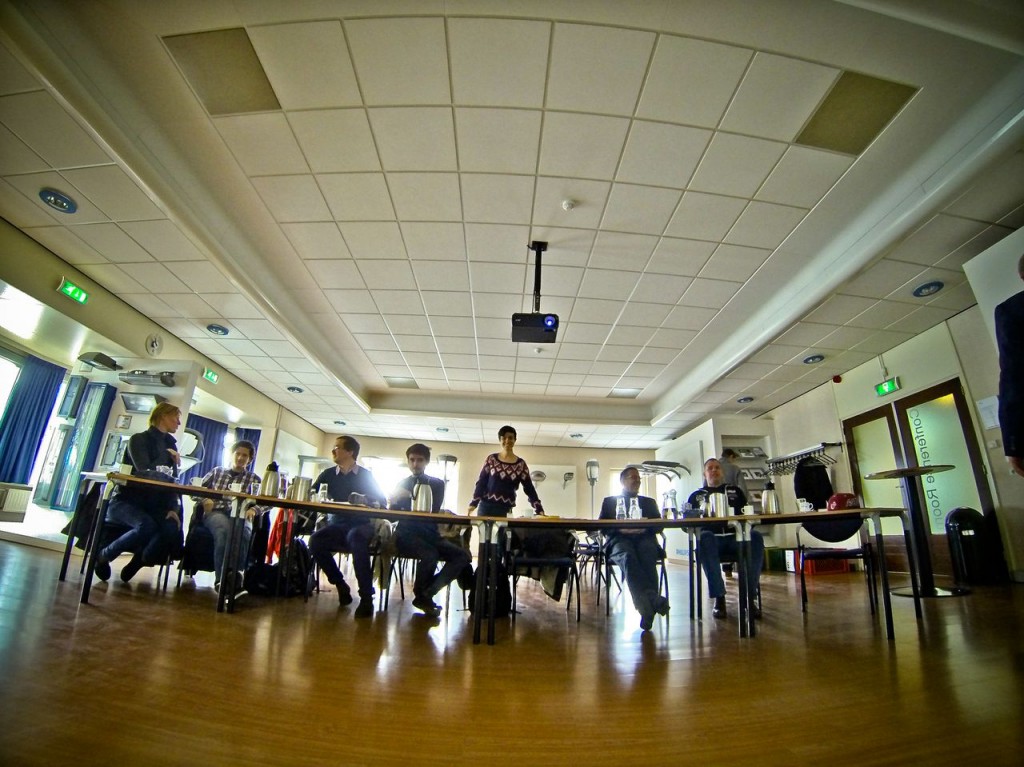
While listening to the presentation, a lot of different street lights – with and without LED – were exposed in the same room, as you can see behind us.
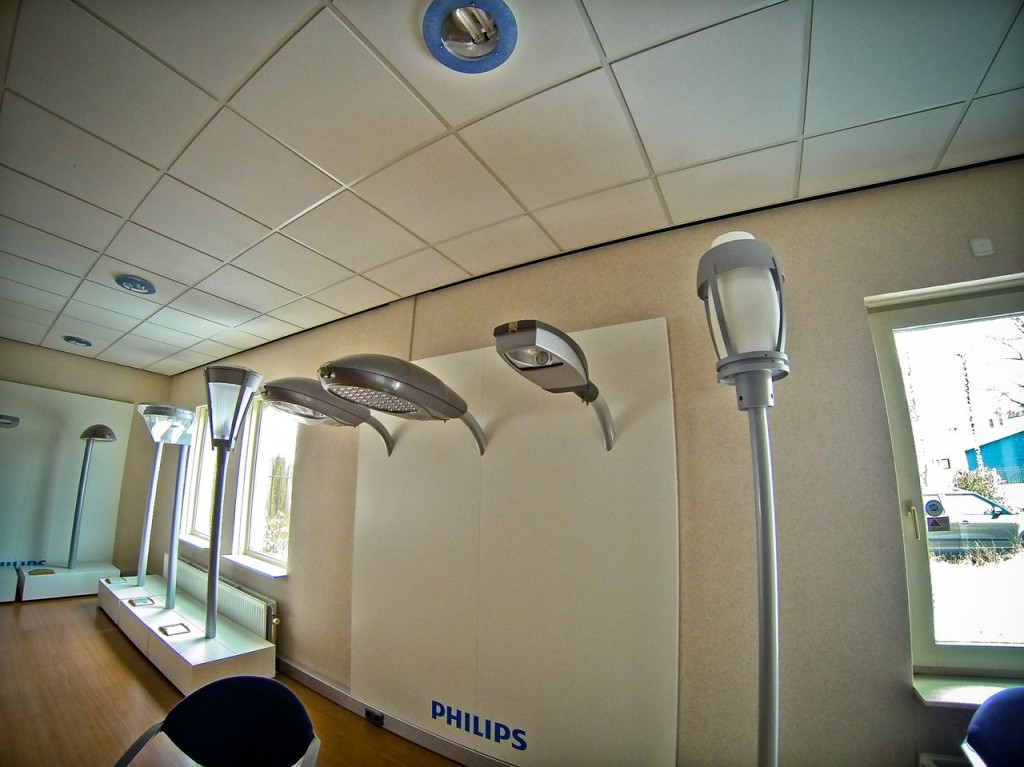
In this picture you can see that the lamp in the middle of the whiteboard uses LED light. You can see it by the shape of the little light bulbs. Klaas Faber explained that you can reach different effects of LED light with color: you could for example use cool-, neutral- and warm white light. Deciding which color should be used depends on the wishes of the customers. Do you want the light to be nice and warm? Should it simply give more light then there is now in the area? Should it give the feeling of safety?
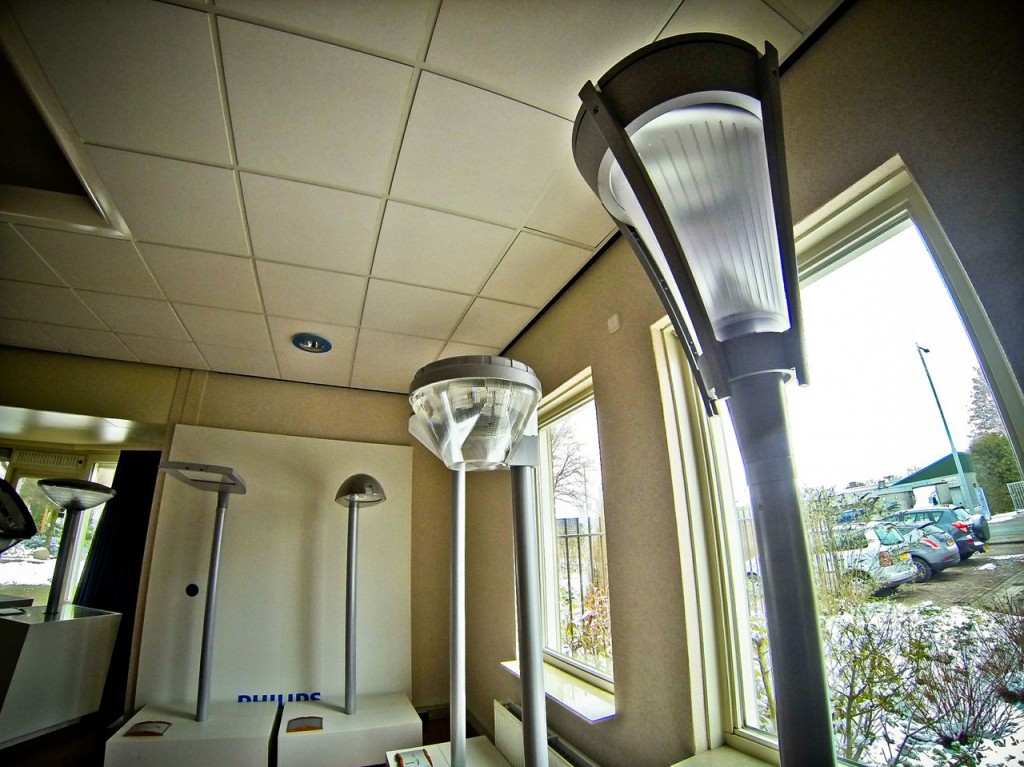
To compare, the street light at the right side can give a cosy feeling to a street: the design of this is a nostalgic one, but of course you can put modern LED light inside.
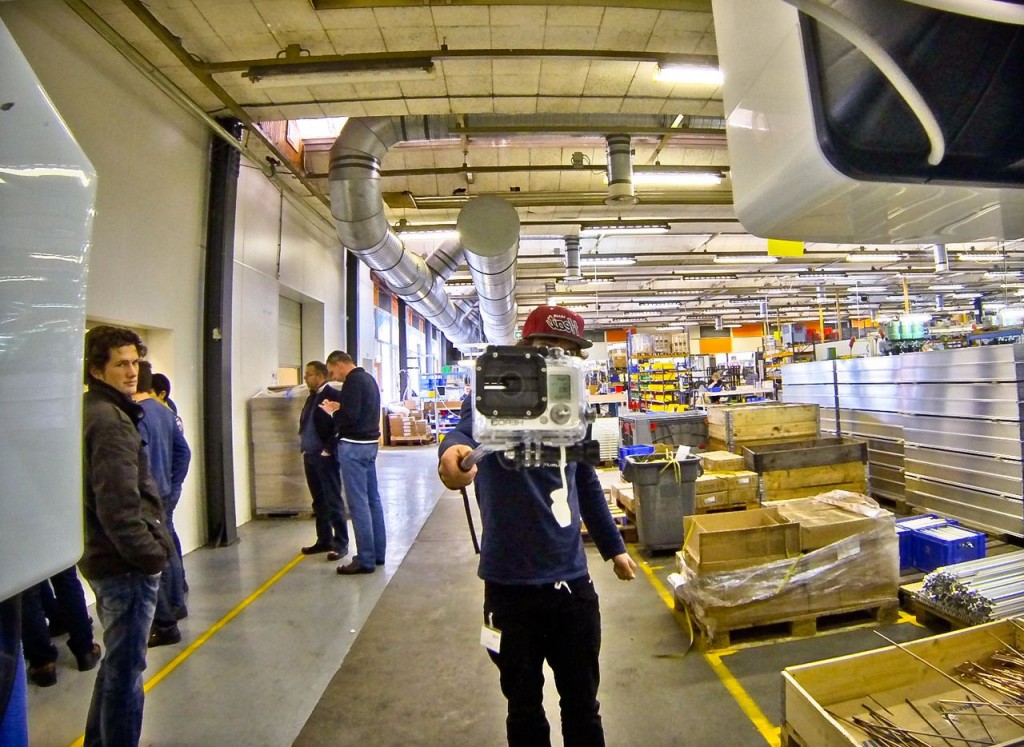
After the introduction we went to the working place, where we saw how the light product was crafted both by machines and human hands. Instead of being confronted with endless assembly lines, we saw people working intensively on creating the street lights out of raw material. Especially the very thin material of LED light panels requires a precise treatment. The different stadia of the production of a light and it’s armature were shown: the digital draft of the product, putting the LED lights together in the right spots, the aluminium shaping and cutting, powder coating of the aluminium to make the material resistant against the bad weather, implementing the light into the material, testing, putting the product into the packaging and then put them in the lorry to transport them.
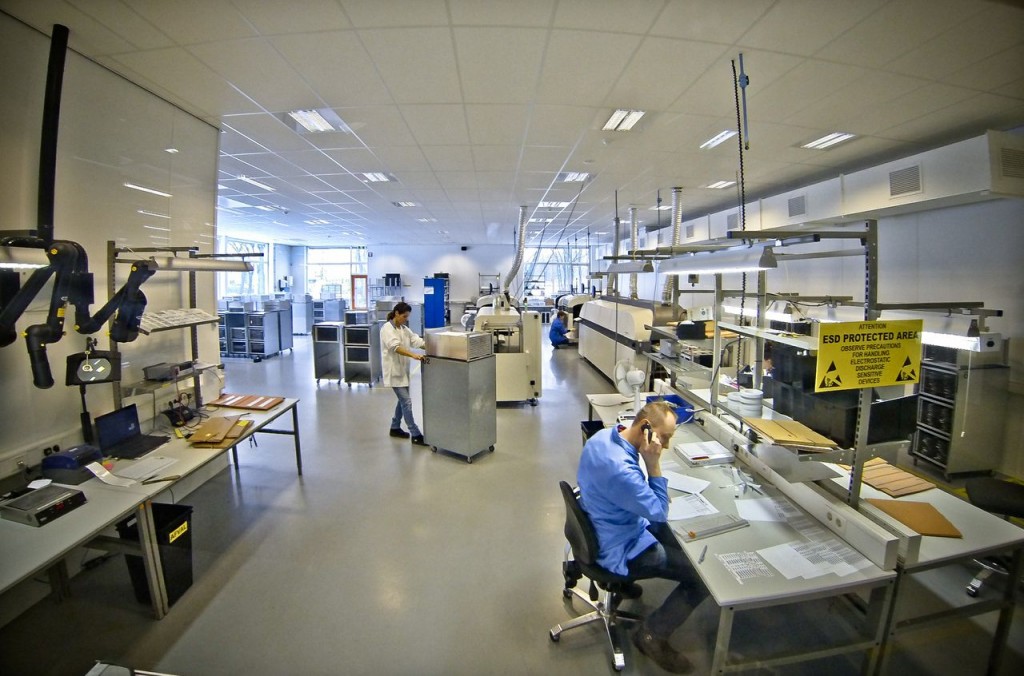
In this picture you can see how the LED lights are put together to make them work effectively. The LEDs are delivered in strips, which looked a bit like film strips. The machines then put the tiny light sources in the right order, so they can be used in the specific products.
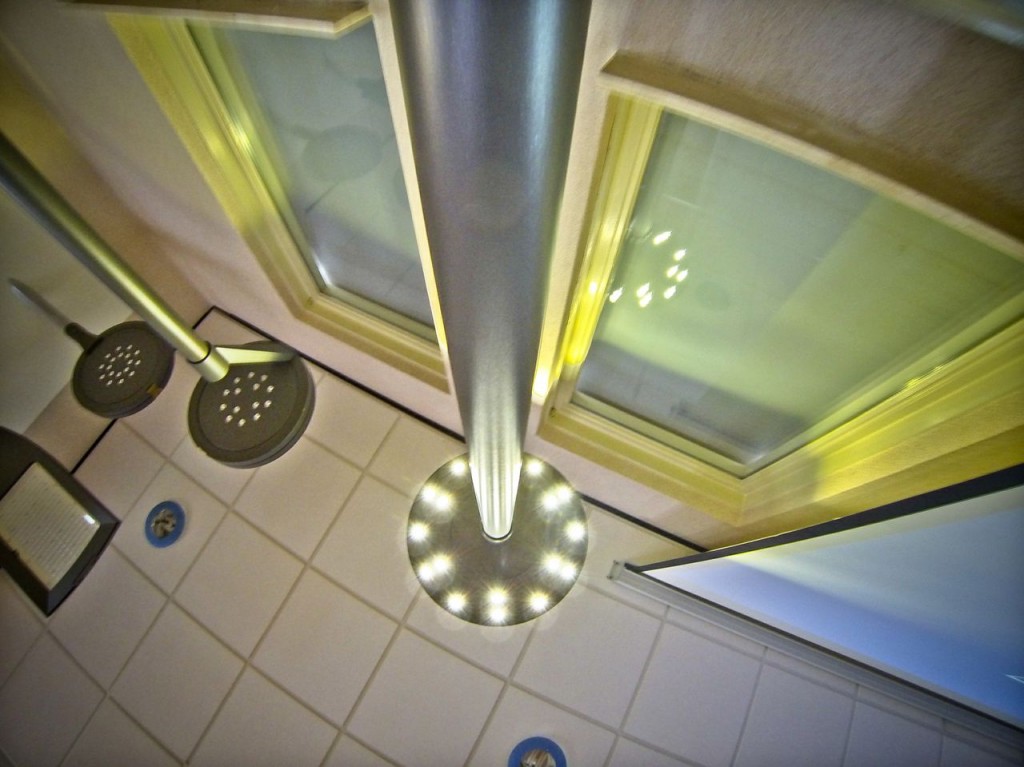
We learned a lot about the way street lights are crafted. Although we have to come up with our own concept, we can use our new knowledge as inspiration. We have seen the technologies to make common lights, but also the way that Indal experiments with technology and design. In the lighting industry, it’s always necessary to think about the future, because public lighting is a landscape that is changing very rapidly. In this picture you can see a design that we don’t see that much in the streets, but maybe we will see them appear more in the future, or maybe a light that is only based on this design. Light is never a finished product, because it can always be inspiration for new ideas.
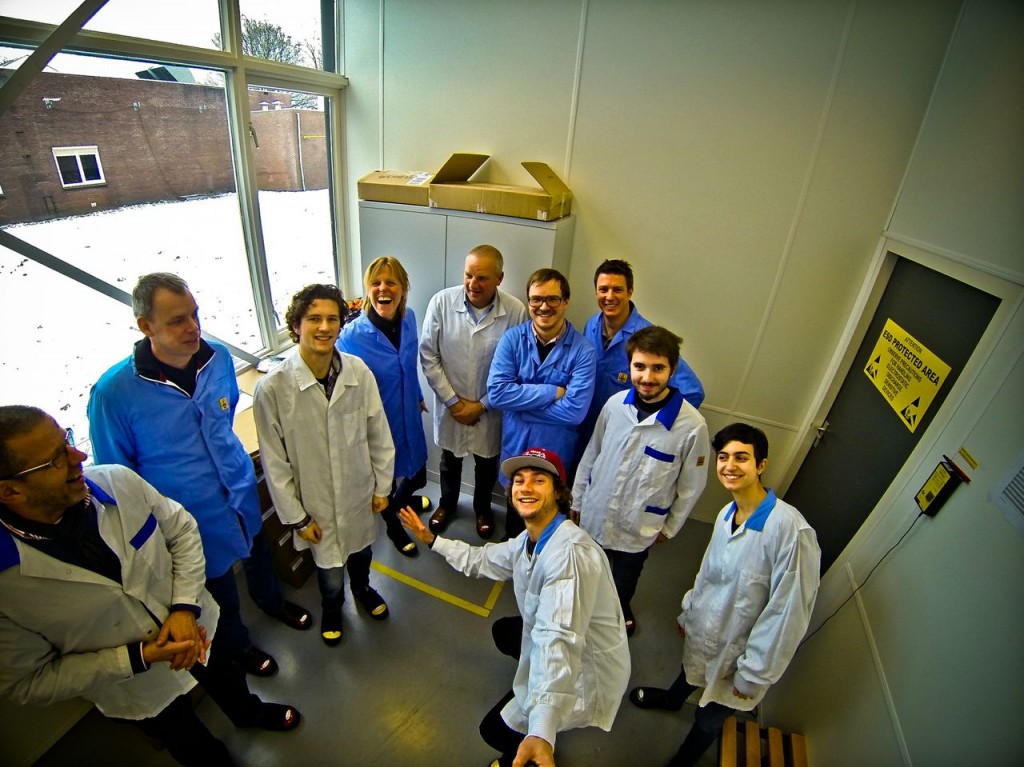
Via the link indal-lighting.nl you can find more information about the Philips Indal factory.




